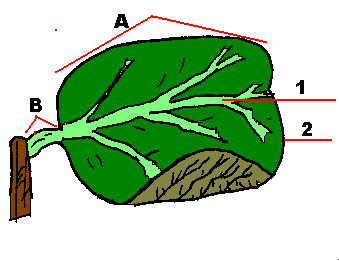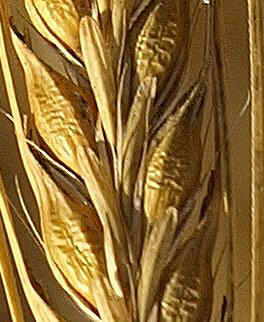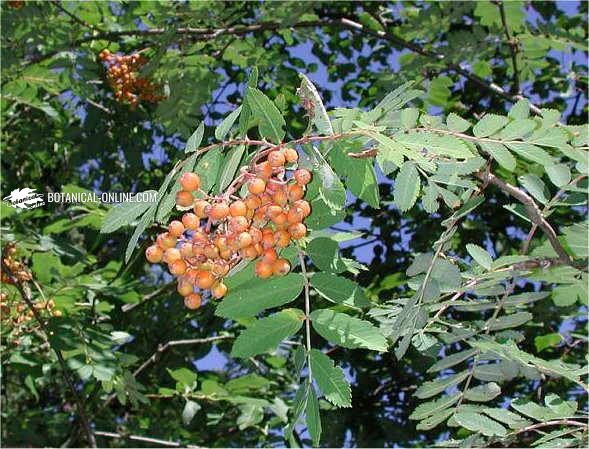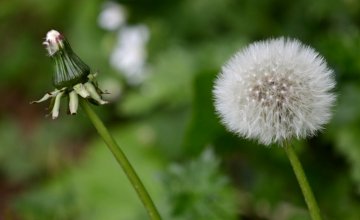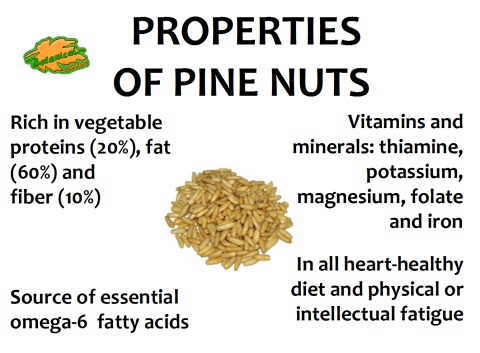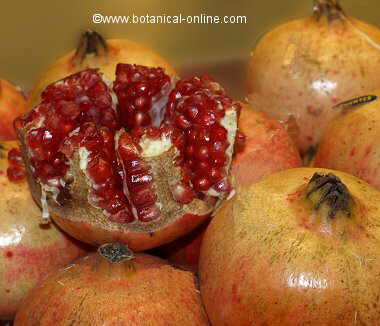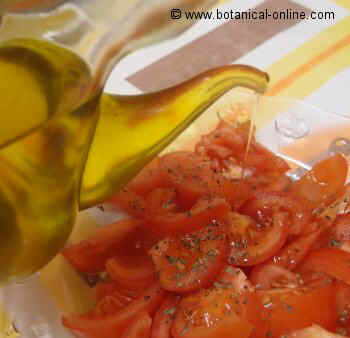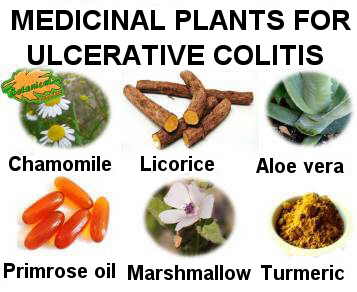Contents
Anise food properties
Anise as an aromatic spice
Anise is an aromatic and sweetening spice. It is used abundantly in the kitchen for the preparation of dishes and cakes of all kinds. It is very useful for flavoring soups or stews or can be added to dishes with legumes in order to make them less flatulent.
Benefits of cooking with spices such as anise
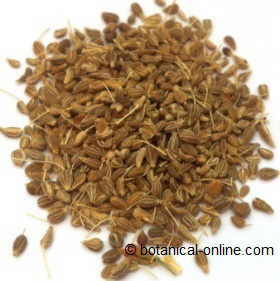 Spices are the phytotherapy hidden in the kitchen, because they provide a large amount of bioactive principles and nutritional properties, such as essential oils, organic acids, high content of potassium, calcium and antioxidants.
Spices are the phytotherapy hidden in the kitchen, because they provide a large amount of bioactive principles and nutritional properties, such as essential oils, organic acids, high content of potassium, calcium and antioxidants.
Despite their potential as functional foods, these ingredients do not appear in any food pyramid or nutritional guide. However, it is worthwhile to see that they are a very affordable and interesting component of the diet to introduce habitually to improve health.
Properties of the leaves and roots of anise: Are they edible?
From the alimentary point of view, the leaves can be used to season foods. From a therapeutic point of view, all the existing bibliography refers to the use of fruits, which contain between 2 and 6% of essential oils. It is confirmed that leaves have a lower amount of essential oil, so it is deduced that their phytotherapeutic effect is less than that of fruits.
The root is rich in pimpineline, tannins and essence. It has been traditionally used as antispasmodic, for spasms, stomach, liver disorders, diuretic, expectorant, aperitive, soothing and menstrual regulator.
At present there are practically no references to these traditional uses of the root, so its use is not recommended.
Other non-medicinal uses of anise
- Anise in the industry: The cosmetic industry uses the essential oil to perfume many products. Thus, for example, it is a habitual component of soaps, detergents, toothpastes, or creams for the skin.
The pharmaceutical industry uses the essential oil to disguise the bad flavor of some medicines. In the domestic fishing it is used to give aroma to the baits, with which the fish are attracted. In India, this product diluted in water is used as cologne.
- Anise for animal feed: Font i Quer, a Spanish botanist, pharmacist and chemist, cites that, if aniseed fruits are mixed with feed, cattle increase milk production.
Nutritional composition of this spice
| Nutritional composition of anise (Pimpinella anisum) per 100 gr. | |
| Water (g.) | 9,54 |
| Calories (kcal.) | 337 |
| Fat (mg.) | 15,9 |
| Protein (g.) | 17,6 |
| Carbohydrates (g.) | 50 |
| Fiber (g.) | 14,6 |
| Potassium (mg.) | 1.441 |
| Phosphorus (mg.) | 440 |
| Iron (mg.) | 36,96 |
| Sodium (mg.) | 16 |
| Magnesium (mg.) | 170 |
| Calcium (mg.) | 646 |
| Zinc (mg.) | 5,3 |
| Selenium (mg.) | 5 |
| Vitamin C (mg.) | 21 |
| Vitamin A (UI) | 311 |
| Folic acid (mcg.) | 10 |
| Vitamin B1 (Thiamin) (mg.) | 0,34 |
| Vitamin B2 (Riboflavin) (mg.) | 0,29 |
| Niacin (mg.) | 3,06 |
| Vitamin E (mg.) | 1,03 |
![]() More information on anise
More information on anise

